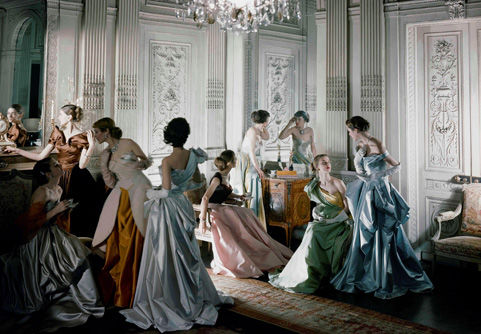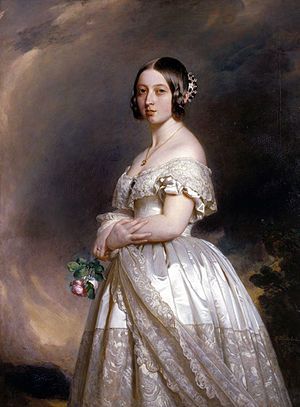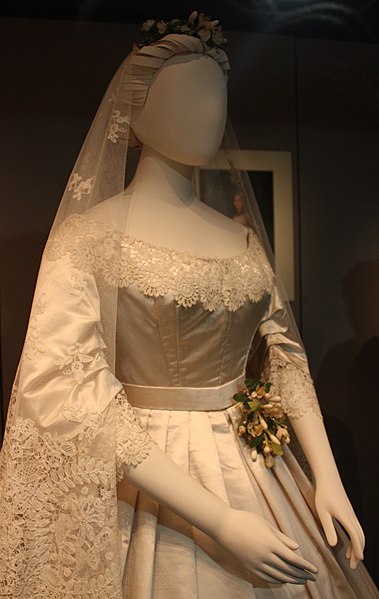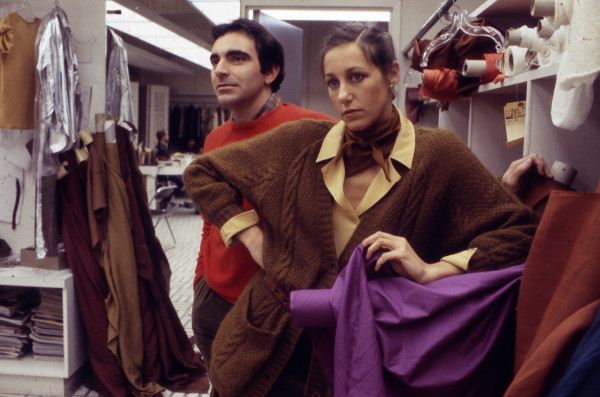If you are looking for a reason to visit New York this summer, this is it. The Metropolitan Museum has just finished renovating their Costume Institute and this is their opening exhibit. I'm mentioning it now so you can drop hints to those searching for the perfect Christmas gift for you.
Charles James: Beyond Fashion
May 8–August 10, 2014
Anglo-American couturier, Charles James (1906-1978) is best known for his sculptural, mathematical approach to design, especially elegant ball gowns. Without formal training and amidst a very turbulent career (including bankruptcy and IRS forced closure), James became one of the most influential designers of the 20th century. Collaborating with many now famous fashion designers and icons throughout his career, he sadly died from pneumonia - alone and penniless at the Chelsea Hotel in 1978.
From the Met's exhibition info. -
The first-floor special exhibition galleries will spotlight the glamour and resplendent
architecture of James's ball gowns from the 1930s through 1950s with an elegant tableau
celebrating such renowned clients of his as Austine Hearst, Millicent Rogers, and
Dominique de Menil. The New Costume Institute's Lizzie and Jonathan Tisch Gallery will
provide the technology and flexibility to dramatize James's biography via archival pieces
including sketches, pattern pieces, swatches, ephemera, and partially completed works
from his last studio in New York City's Chelsea Hotel.
Photograph by Cecil Beaton. Published in Vogue, March 1, 1948
Charles James and models, 1950
One of James' notable gowns, 'The Swan'
So, save a little cash in reserve from the holidays toward a NYC summer trip to see masterful haute couture from one of the finest.
- Janet
















































